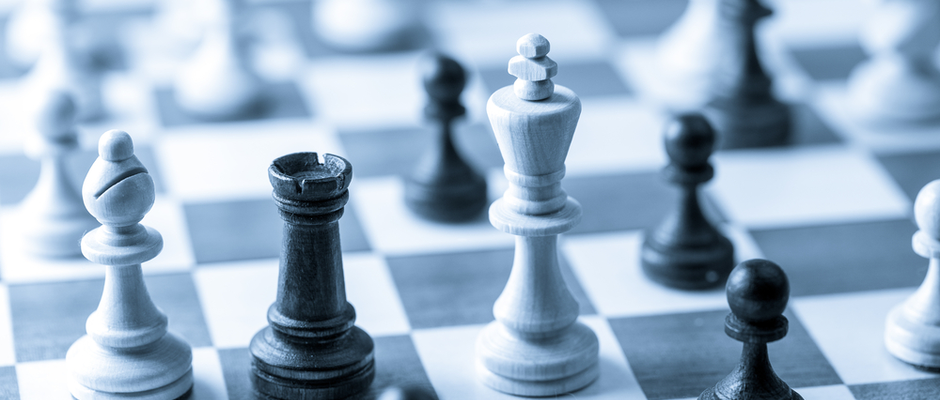Seven Strategies to Energize Your Productivity
- Work in ninety-minute blocks. Ninety minutes is enough time to complete many important tasks, and enough time to make significant progress on the rest. Three of these blocks will give you 4.5 hours of what Cal Newport calls “deep work” in his book of the same name—one of the more important texts on personal productivity. That’s just over half of an eight-hour workday, leaving you plenty of time to try to keep up with the never-ending deluge of trivialities and mostly unnecessary email. If you get fidgety toward the end of a ninety-minute block, you can always use 20 minutes to check your email, return calls, or handle administrative tasks.
- Prioritize your work based on several filters, starting with the tasks or project’s importance. That ensures that the few things that produce key results don’t get crowded out by lesser tasks that vie for your time. Next, prioritize by deadlines. My personal approach is to do what is most important with the closest deadline, so I have time to review and revise my work before delivering it.
- Plan each day of the week before the week starts. Not only does this investment save you planning time during the week, but it strengthens your immunity to the siren song of your inbox or browser. I use Todoist to keep track of all my projects and tasks, as it allows me to add a date and time to each task, even the short tasks. Today, for instance, I need to book a plane ticket, a quick project that I can easily fit between my ninety-minute project blocks.
- Move important messages out of your inbox and onto your project and task list. Email lets far too many people—including the spammers, the scammers, and the swindlers—communicate with you far too easily. Their emails only deserve the split second it takes to click “delete.” But you’ll also get unsolicited tasks and projects from your colleagues and supervisors. Using the filters in #2, decide which items genuinely deserve promotion to your task list, even if all of them are marked “urgent—action needed ASAP!”
- Keep your project list realistic. For several years, I practiced GTD (Getting Things Done) by tracking every potential task or project, making sure nothing escaped being put on a list. But over time, that list became a psychological burden, as I got overwhelmed just thinking of how many years I’d need to do everything. So I filed for task list bankruptcy, deleting my lists and starting over from scratch. My new rule was to ask the same question of every potential task: am I realistically ever going to give this task my time? If you still want to track “someday” projects, keep that list separate from your actual tasks.
- Wake up early. In late 2009, I decided to write a blog post every day, following the example set by Seth Godin. To make certain I had time to write, I started my day at 5:00 AM (now 4:00 AM). By waking up early, I prevent most interruptions or distractions. More to the point, it gives me the time to do all the things I used to tell myself that I was too busy to do, like working out and taking better care of myself—both practices that have ultimately improved my productivity.
- Protect your schedule at all times. The greatest threat to your productivity is saying "yes" when you should say "no." Every time you agree to do something, you commit your time and energy, potentially preventing you from doing something else that’s important to you. You can still be part of something and help create value for others without sabotaging your own productivity. Say it with me: "Thank you for thinking of me, but I am afraid I can't help right now. But know that I am cheering you on, and I can't wait to see your new project."
One last caveat: don't spend all your time being productive, as a diet of constant work will only leave you burned out. Taking intentional time away from projects, tasks, and asks creates a space for you to recharge, recover, and recreate. Maintaining that balance will improve your work when you do get back to the office—not to mention making you happier and more interesting because you’ve pursued your passions and spent time with your people.












